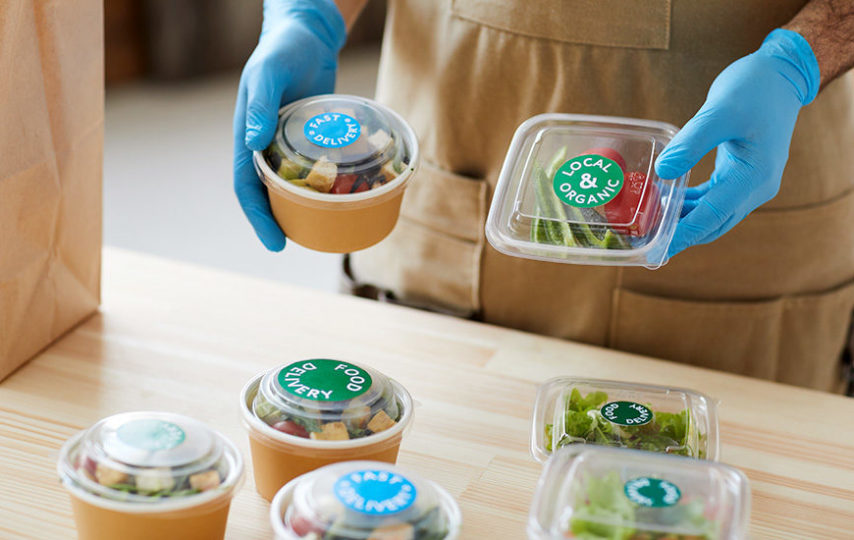Increasing attention has been focused on the smart packaging industry for the many ways in which it is transforming the consumer product packing sector and the entire packaging sector.
So, what exactly do we mean when we refer to smart packaging? Well Appetite Creative states that smart packaging refers to emerging technologies throughout the package business that improve both consumer and commercial usefulness while also making information tracking easier.
Smart packaging may benefit both consumers and businesses, with the former gaining greater utility as a result of more information tracking and sharing granted to them allowing them to learn more about the companies and products they buy from and utilize. On the corporate side, smart packaging can be used to learn more about customers and markets for goods sold, as well as provide a more personalized, unique, and accessible consumer experience with a company’s brand.
More than Packaging
Smart packaging is still in its early stages, yet the potential benefits and applications of incorporating this new method are enormous. Smart packaging, as the name indicates, aims to package with additional features. It incorporates a wide range of technologies designed to go beyond what simple packaging can accomplish. Individuals benefit from increased product and company information, while businesses may address inefficiencies and gain further insight into a product’s journey and usage. The worldwide smart packaging industry is anticipated to reach $59 billion by the end of 2025, according to experts. Smart packaging encompasses a variety of technologies and applications, as well as their advantages. The following is a quick summary of what smart packaging entails, including its uses and benefits.
Types of Smart Packaging
There are two primary types of smart packaging, as follows:
Active packaging, the goal is to extend the product’s shelf life by interacting with what’s inside. Packaging comes into direct touch with the product to release chemicals that enrichen the medium or remove components from the immediate environment.
Light filtering materials, ethylene absorbers, oxygen absorbers, moisture control, antimicrobial coatings, and other elements are all used in the production of consumer goods. The most common choices for manufacturers include light filtering materials, ethylene absorbers, oxygen absorbers, moisture control, antimicrobial coatings, and more. Adding oxygen absorbers to the cap of a plastic beer bottle extends shelf life from three to six months as an example.
Intelligent Packaging
On the other hand, packaged goods that are intelligent focus on communicating with the outside world rather than just being wrapped. This form of packaging includes diagnostic and indicator features. They may also be utilized to automate, market, and interact with consumers.
Intelligent packaging includes sensors and indications that analyze the product’s condition to provide information about its status. Tenderness, temperature, freshness, storage time, and so on are all examples of this. Food packing may be coloured to signal leaks or salmonella infestation, for example. Intelligent packaging can be utilized in a variety of ways to monitor product states.
Benefits of Smart Packaging
Several IoT-connected gadgets may communicate with smart packaging. Packages today contain tiny electronic components that provide functionalities such as Bluetooth, alarms, RFID chips, LED lights, and loudspeakers to interact. These components work together to deliver the protective benefit while also promising useful features wherever they’re utilized. When they’re employed in pharmaceutical packaging, for example, they can track each tablet you take and produce an alarm if you take the incorrect amount.





